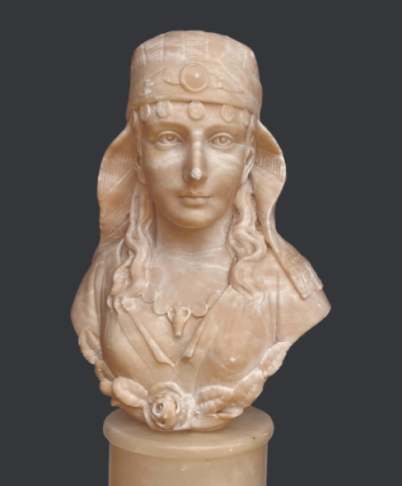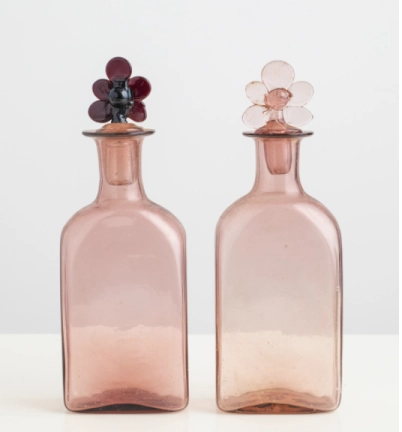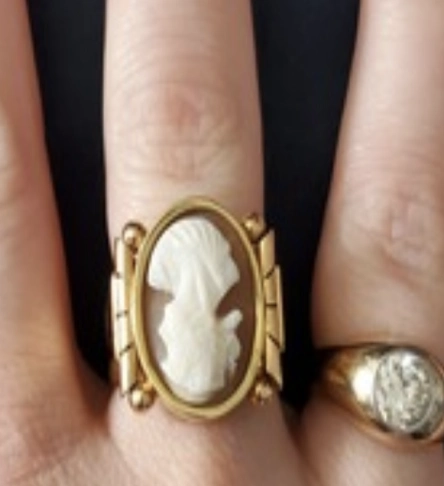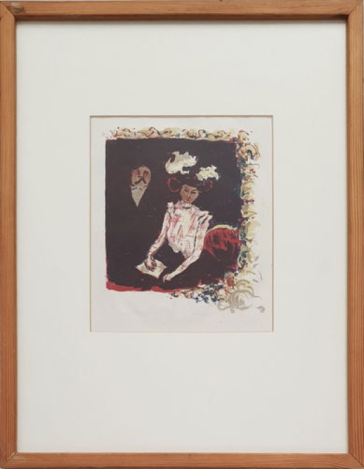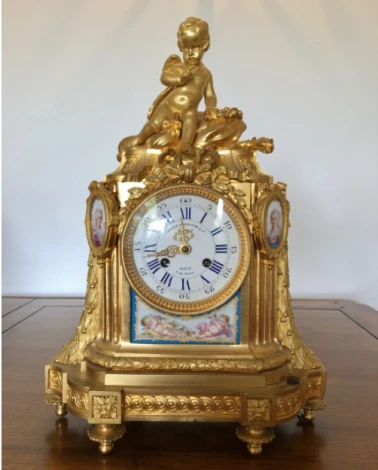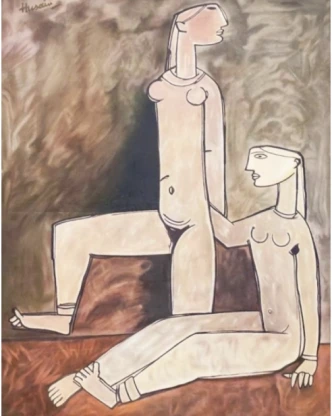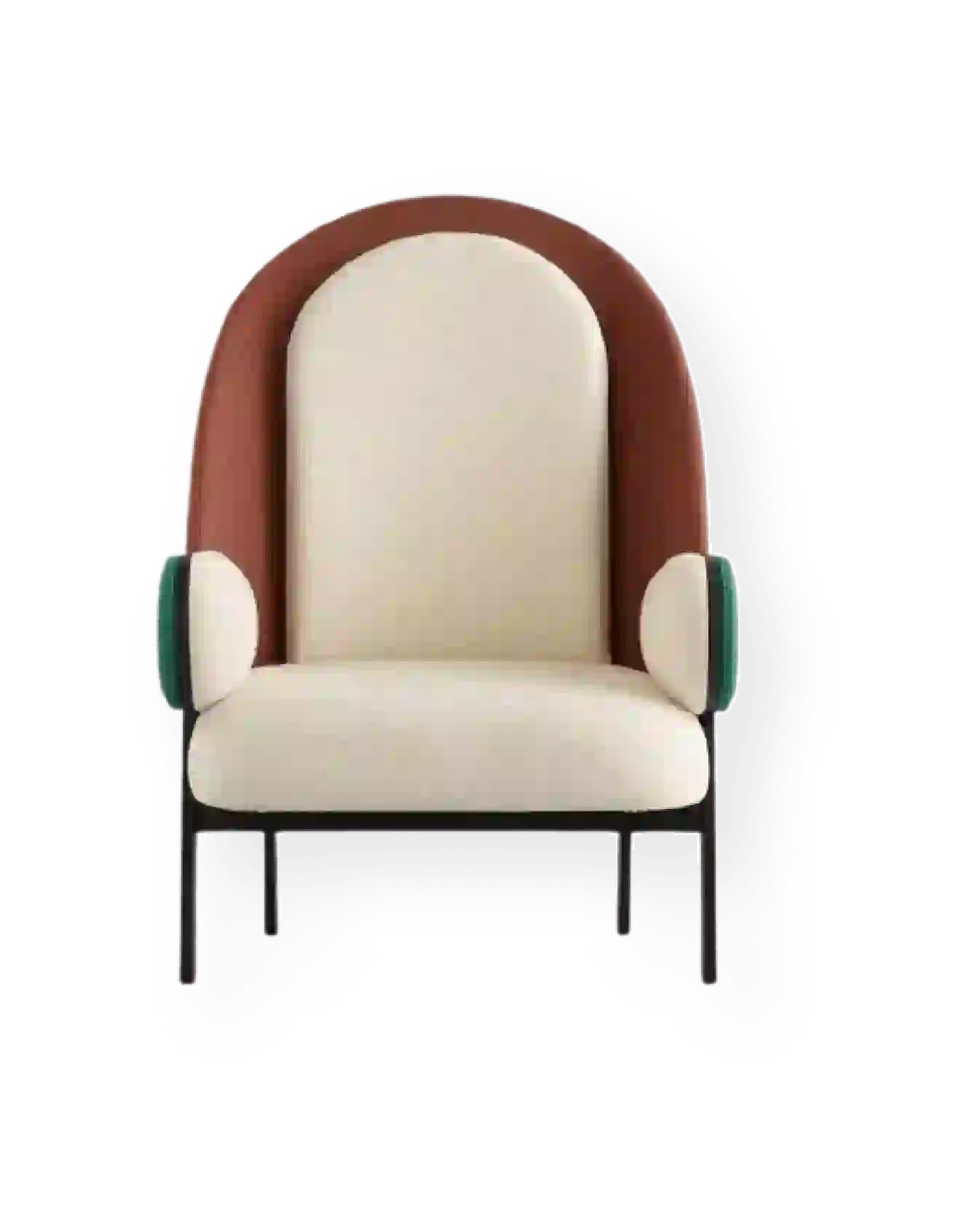Quick and affordable online appraisals of carpets & rugs
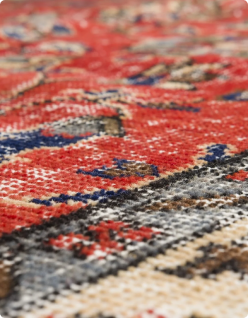

Quick and affordable online appraisals of carpets & rugs
How much is my rug worth?
Have you recently inherited or purchased an antique carpet or rug and want to know its value? Mearto provides quick and affordable online appraisals of carpets and rugs. All you have to do is click on the “Start Appraisal” button above and follow the steps to send us information about and images of your carpet or rug. One of our qualified and experienced specialists will review and get back to you with a fair market and insurance value, typically within 48 hours.
Have questions about the valuation provided, or would you like some advice about selling your carpet or rug? We are here to help! Our platform allows you to chat back and forth with a specialist to ensure that all of your questions are answered.
What is the difference between a carpet and a rug?
The terms ‘carpet’ and ‘rug’ are often used interchangeably, though it is understood that rugs are generally smaller and not attached to the floor. Both carpets and rugs are used to protect feet from cold flooring, to make a more comfortable surface for sitting on the floor, reducing the sounds of footsteps and adding decor to a room. There are several types of carpets and rugs that relate to the method by which the rug was crafted. Some of these include:
- Woven
- Needle felt
- Knotted Tufted
- Flatwoven
- Hooked
- Embroidered
How are antique carpets and rugs valued?
In general, the older the rug, the more valuable it is. This is largely because older rugs are made by hand and through an intensive artisanal practice using fine and natural materials, thus increasing the value. Age can also correlate to the rarity of the object, and the history of the rug can add to the value, particularly since many of the civilizations where these rugs were made are entrenched in history and some, in the case of the Persian Empire, no longer technically exist.
These factors also play a role in determining the value of your antique carpet or rug:
- Artistry – When expert appraisers determine the value of the antique rug, the first thing they look at is the level of artistry. The movement and fluidity of the design are evaluated. To do that, they look into various elements such as contrast, shading, outlining, and other design elements that provide visual depth. The overall unity in the composition is vital in assessing its value.
- Aesthetic Quality – This is closely tied to the level of artistry but must be evaluated separately as the purpose of rugs and carpets vary. Some buy them for a functional purpose, while others solely for aesthetic purposes. Is there a particular motif in the design? Do the elements work harmoniously together? These factors are taken into account to determine the aesthetic value of the item.
- Age – The age of the carpet or rug is taken into consideration when determining antique carpets value. The carpets and rugs that are woven before 1900 (or the so-called Commercial Period) are considered more valuable. The earlier the piece, the higher its market value. When an old rug is in good condition, you can expect for the value to increase some more.
- Size – The larger the rug is, the higher its valuation is. Although this does not apply to all rugs and carpets, it can be true when you are dealing with rare and collectible collections. This is also true in the case of rugs and carpets that are made with rare and high-quality materials.
- Uniqueness – The level of artistry and originality of a carpet or rug can add to its value. If a particular carpet or rug is manufactured individually (meaning not mass produced), then you can expect it to be appraised higher than ones manufactured in batches. The one-of-a-kind quality of the rug and carpet can add to its rarity and desirability, especially among connoisseurs.
- Materials – The quality of the materials in weaving the rug or carpet is a practical factor to be considered in evaluating its price. The higher the quality of the wool, the higher the price of the carpet, too.
How are rugs made?
If your rug was manufactured with quality material, you’ll be able to sell it for a higher price. Such materials would include:
- Wool
- Cotton
- Silk
- Animal hair
The materials used can be predicted based on the geographic origin and age of the rug. The quality of the material may often depend on the quality of your manufacturer. Quality materials and manufacturing will bolster the overall value of your carpet or rug. Knot density, or the number of knots on the surface area of the rug, is also an important factor in determining the overall quality and condition of the rug. You can calculate the knot density of your rug by examining the reverse side. Choose a 1x1 square inch area and count the number of knots in the designated area. Generally speaking, the more densely the rug is knotted, the more valuable the rug will be. Rug and carpet making is an intensive process, often taking at least a year to complete a handmade rug on a personal loom. Handmade rugs have slight variations in the stitching and knotting on the underside of the rug.
How should I care for my rug?
Antique carpets and rugs are quite delicate given the age of the item. It is important that you regularly clean the carpet to maintain its condition. You can use a domestic hoover (on light setting) in order to keep it clean. For hard stains, you might want to hire a professional carpet cleaner so as not to ruin the quality of the material.
When storing antique carpets and rugs, the best method is to roll them from the bottom. Then, pile the rugs and carpets such that they face inwards. It is not recommended that you fold a carpet or rug as it can result in the formation of cracks on the surface. You need to follow these cleaning and storing recommendations regardless of the type of carpet or rug that you own.
How can you tell the age of your rug or carpet?
If your Oriental rug has been chemical dyed, it’s considered new, and if it has been naturally dyed, it’s considered an older rug. The manufacturing of the rug can also be an excellent indicator of the item’s age. Rug and carpet weavers were often nomadic people and would have created antique rugs and carpets on crude homemade looms and would dye the fibers with natural products. Newer carpets and rugs often have more diverse color palettes, relative to older ones, for this reason. When examining the face of your rug, it is important to see if the dye reaches to the bottom of the tuft, or base of the fiber. The weaving style can also be very helpful in determining the age of your rug or carpet. Even rugs with the same geographic origins have distinctly different weaving patterns, according to the age of the item.
What are the most sought-after carpets and rugs?
The world’s oldest carpet is thought to be The Pazyryk Carpet from the 5th century BC, which may be of Armenian or Persian origin. Carpets and rugs of certain geographical origins can be extremely valuable and are often sweepingly referred to as “oriental rugs.’’ In fact, the top 10 most expensive rugs ever sold are of overwhelmingly Persian origin. Different regions of Persia produced different patterns and kinds of rugs. The most expensive rug in the world is the silk Isfahan rug that sold at Christie’s in 2008 for $4.45 million. Factors that helped facilitate a sale of this magnitude included the density of the knots, the pure silk composition, the fine condition, and pedigree of the provenance.


